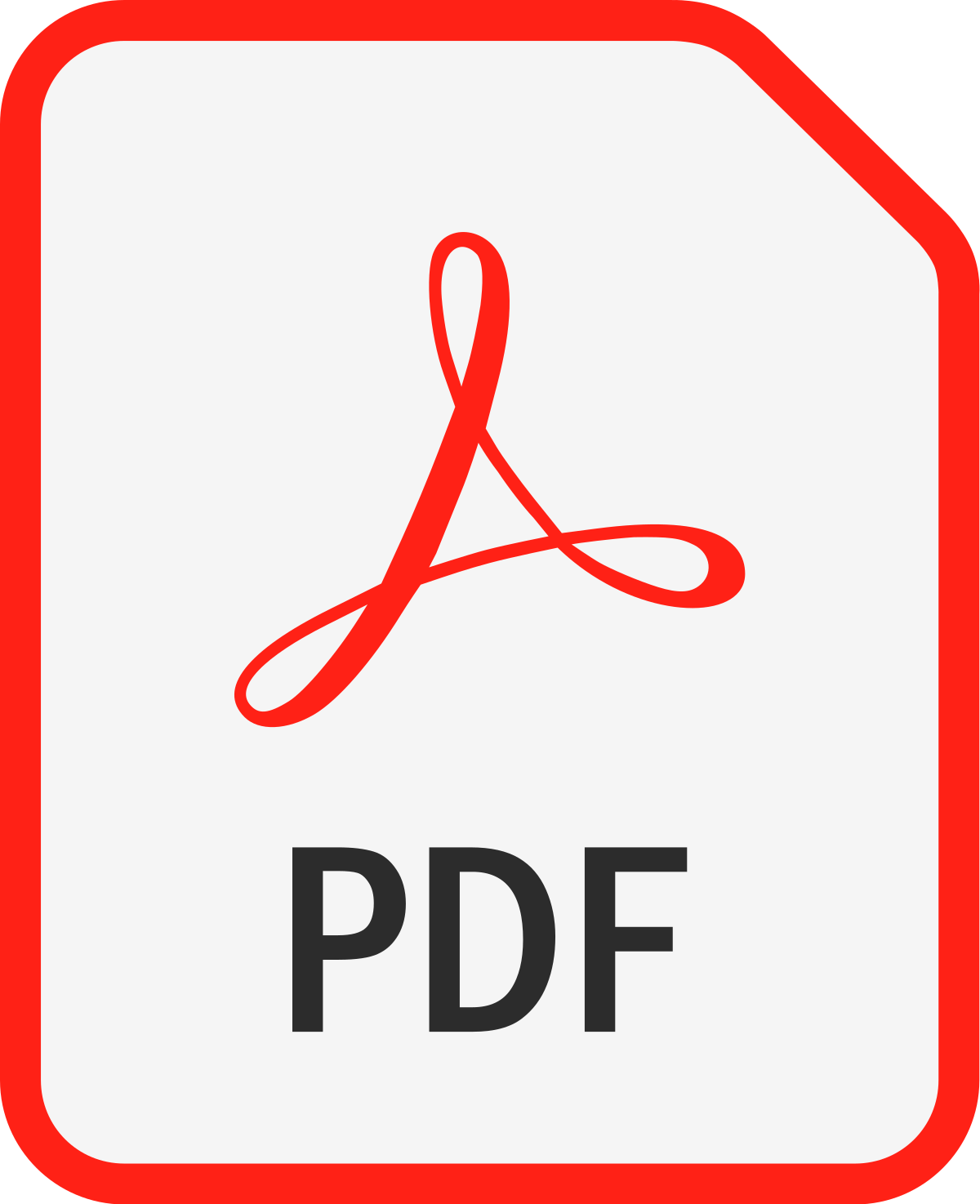Home > CSC-OpenAccess Library > Manuscript Information
EXPLORE PUBLICATIONS BY COUNTRIES |
 |
| EUROPE | |
| MIDDLE EAST | |
| ASIA | |
| AFRICA | |
| ............................. | |
| United States of America | |
| United Kingdom | |
| Canada | |
| Australia | |
| Italy | |
| France | |
| Brazil | |
| Germany | |
| Malaysia | |
| Turkey | |
| China | |
| Taiwan | |
| Japan | |
| Saudi Arabia | |
| Jordan | |
| Egypt | |
| United Arab Emirates | |
| India | |
| Nigeria | |
USEFul: A Framework to Mainstream Web Site Usability through Automated Evaluation
Justin Mifsud, Alexiei Dingli
Pages - 10 - 30 | Revised - 31-03-2011 | Published - 04-04-2011
MORE INFORMATION
KEYWORDS
Usability, Automated Usability Evaluation, Usability Guidelines, Usability Problems
ABSTRACT
A paradox has been observed whereby web site usability is proven to be an essential element in a web site, yet at the same time there exist an abundance of web pages with poor usability. This discrepancy is the result of limitations that are currently preventing web developers in the commercial sector from producing usable web sites. In this paper we propose a framework whose objective is to alleviate this problem by automating certain aspects of the usability evaluation process. Mainstreaming comes as a result of automation, therefore enabling a non-expert in the field of usability to conduct the evaluation. This results in reducing the costs associated with such evaluation. Additionally, the framework allows the flexibility of adding, modifying or deleting guidelines without altering the code that references them since the guidelines and the code are two separate components. A comparison of the evaluation results carried out using the framework against published evaluations of web sites carried out by web site usability professionals reveals that the framework is able to automatically identify the majority of usability violations. Due to the consistency with which it evaluates, it identified additional guideline-related violations that were not identified by the human evaluators.
| 1 | Guran, A. M., & Cojocar, G. S. O propunere de arhitecturǎ pentru evaluarea metricilor de execuţie folosind AOP. |
| 2 | Miehling, M. J. (2014). Correlation of affiliate performance against web evaluation metrics (Doctoral dissertation, Edinburgh Napier University). |
| 3 | Zahran, D. I., Al-Nuaim, H. A., Rutter, M. J., & Benyon, D. (2014). A comparative approach to web evaluation and website evaluation methods. International Journal of Public Information Systems, 10(1). |
| 4 | Nyström, N., Kann, L., Pelz-Wall, T., & Bälter, O. (2014). Online user tracking and usability tools-a mapping study. |
| 5 | Beri, B., & Singh, P. (2013). Web Analytics: Increasing Website’s Usability and Conversion Rate. International Journal of Computer Applications, 72(6), 35-38. |
| 6 | Mäesalu, H. (2013). Automated Rule-Based Selection and Instantiation of Layout Templates for Widget-Based Microsites (Doctoral dissertation, MSc thesis, Institute of Computer Science, University of Tartu, Tartu, Estonia). |
| 7 | Dunlea, A. L. (2013). Evaluating Usability Evaluations. |
| 8 | Mäesalu, H. (2013). Automaatne reeglitel põhinev veebilehe struktuurimallide valimine ja rakendamine (Doctoral dissertation, Tartu Ülikool). |
| Cabinet Office. (2007) Available at http://archive.cabinetoffice.gov.uk/egovernment/ resources/quality-framework.asp [Accessed 9 October 2010] | |
| EH. Chi, A. Rosien, G. Supattanasiri, A. Williams, C. Royer, C. Chow, et al. “The Bloodhound project: automating discovery of web usability issues using the InfoScent™ simulator” In Proceedings of the ACM CHI 03 Conf.. pp. 505-512. Ft.Lauderdale, FL, USA, 2003 | |
| European Agency for Safety and Health at Work in European Union Council Directives. (1990) Available at: http://eurlex. europa.eu/LexUriServ/LexUriServ.do?uri=CONSLEG:1990L0270:20070627:EN:HTML [Accessed 9 October 2010] | |
| G. Brajnik. “Automatic web usability evaluation: what needs to be done?”. In Proceedings of the 6th Conference on Human Factors and the Web, Austin Texas, USA, 2000 | |
| International Organisation for Standardisation (ISO) DIS 9242-11, (1998) Available at: http://www.iso.org | |
| J. Nielsen. “User interface directions for the web” Communications of the ACM. 1999, pp.65- | |
| M. Swaak, M. De Jong, P. De Vries. “Effects of Information usefulness, visual attractiveness, and usability on web visitors’ trust and behavioural intentions.” In IEEE International Professional Communication Conference. P. 1-5. Waikiki, HI, USA, 2009 | |
| P. Paolini. “Hypermedia, the web and usability issues” In IEEE International Conference on Multimedia Computing and Systems. pp. 9-11 IEEE, 1999 | |
| P. Vora. “Designing for the web: a survey”. Interactions. pp. 13-30 (1998) | |
| T. Comber. “Building usable web pages: an HCI perspective”. In Proceedings of the Australian Conference on the Web AusWeb'95. pp. 119-124. Ballina, Australia, 1995 | |
Mr. Justin Mifsud
Goldsmiths University of London - Malta
Dr. Alexiei Dingli
University of Malta - Malta
alexiei.dingli@um.edu.mt
|
|
|
|
| View all special issues >> | |
|
|



